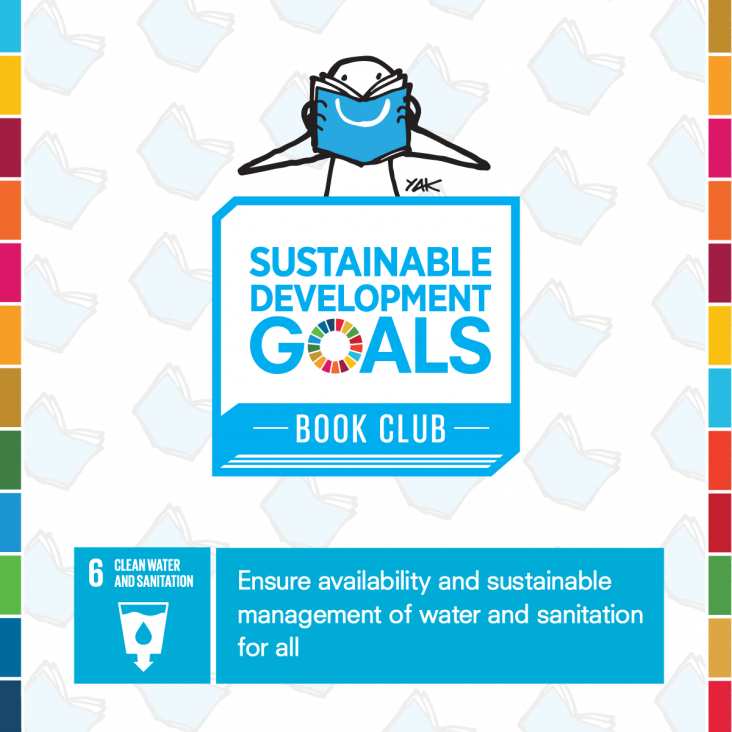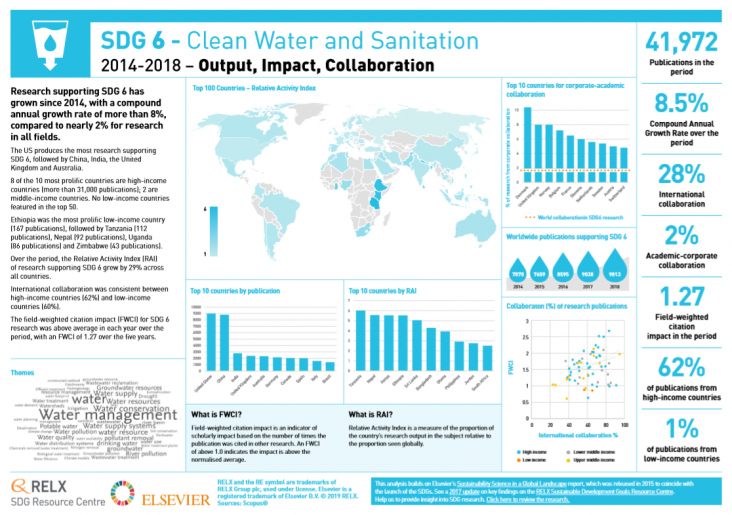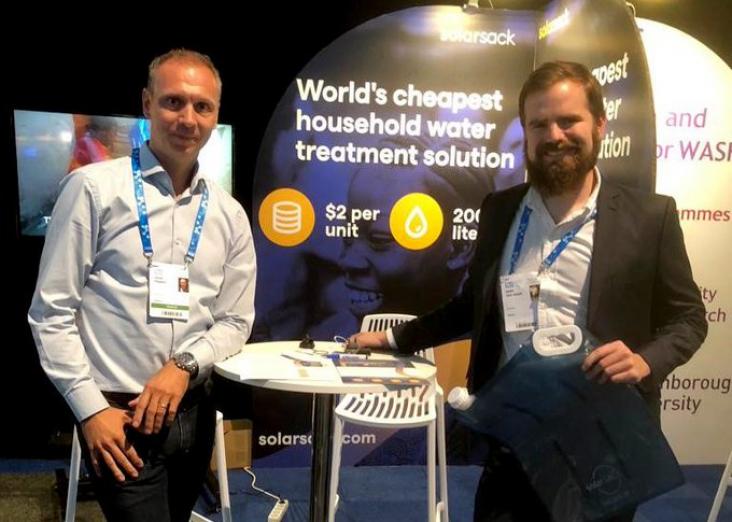This book chapter advances SDG 3 and 6 by discussing decontamination of water supply and prevention/treatment of waterborne microorganism transmission in healthcare settings.

The #SDGBookClub helps children learn about the Sustainable Development Goals. The book club presents a selection of books for children aged 5-12 on each of the goals. Check out the books that have been selected in support of Goal 6 - Clean Water and Sanitation.
This study empirically examines the effects of school toilet provision on the primary-school attendance rate in Kenya.
Elsevier,
Contaminants of Emerging Concern in Water and Wastewater Advanced Treatment Processes, 2020, Pages 139-176
This book chapter advances SDG 3 and 6 by presenting state-of-the-art design and use of adsorbents, membranes, and UV/oxidation processes, along with the challenges that will need to be addressed to close the gap between development and implementation in water/wastewater treatment applications.
This study supports SDGs 3 and 6 by identifying passive chlorination at the point of collection as an effective and scalable strategy for reducing diarrhoea in children and improving access to safe and affordable drinking water in a low-income urban setting.
This study supports SDG 1, 3, and 6 and by assessing socioeconomic determinants of leprosy risk in over 33 milion Brazilian individuals and providing a robust assessment of the contribution of deprivation to the risk of leprosy, which is classified as a rare disease.

The latest analysis of SDG-supporting research focusses on SDG 6: Clean Water and Sanitation. This graphic shows key metrics for research into clean water and sanitation.

RELX, a global provider of information-based analytics and decision tools for professional and business customers, has announced the winners of the 2019 RELX Environmental Challenge. The Challenge supports innovative solutions to improve SDG 6 (clean water and sanitation).
Linking to SDGs 6 (clean water and sanitation), 12 (responsible consumption and production) and 17 (partnerships for the goals), this website catalogues and facilitates water stewardship projects in river basins and regions around the world.
This chapters focuses on the consequences mining on river contamination in Bolivia. An unintended consequence of mining has been widespread contamination of riverine environments by toxic trace metals and metalloids. (e.g., arsenic, antimony, cadmium, mercury, lead, and zinc). The type, magnitude, and extent of contamination differ significantly between the humid to hyperhumid tropical rainforests in the north and the semiarid, heavily impacted, rivers in the south.
